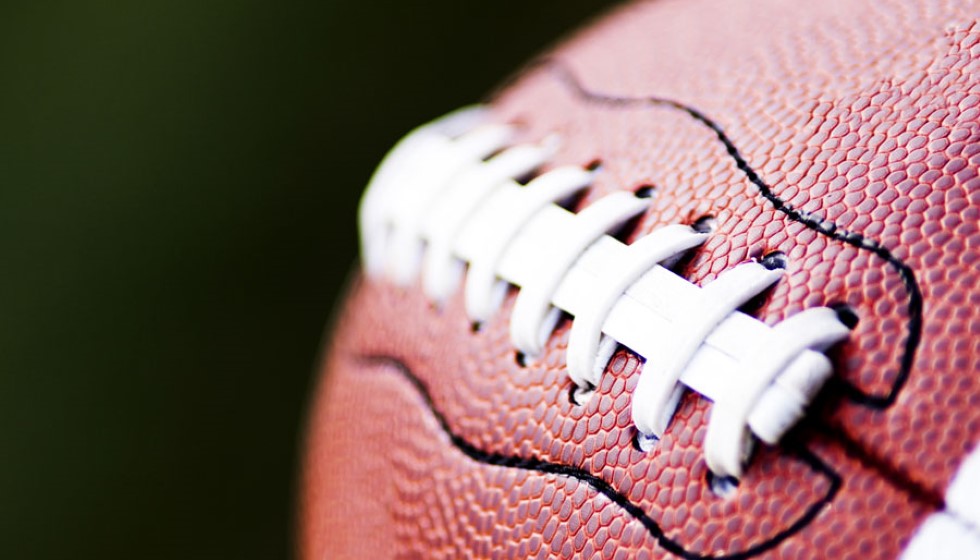
The NFL continues to prioritize player safety with the introduction of guardian caps as an optional addition to helmets during games this offseason. These caps, featuring a padded, soft-shell layer, are designed to absorb impact and help mitigate the risk and severity of concussions—a pressing concern in football. The results from studies over the past two seasons have been promising, indicating a notable decrease in the number of concussions reported.
Impact Reduction and the Numbers
Guardian caps are more than just an aesthetic addition. They play a crucial role in reducing the severity of player impact by 10% for those who wear them. The benefits compound when both players involved in a collision are wearing these caps, bringing the impact reduction to at least 20%. This data suggests that the widespread adoption of guardian caps could significantly enhance player safety, potentially shifting the landscape of physical wellbeing in professional football.
To bolster their appeal, the NFL has also introduced 'helmet pinneys' adorned with team logos and colors. This customization aims to integrate the caps more seamlessly with the team’s identity, making them a palatable choice for players who take pride in their on-field appearance.
Darius Slay's Take on Guardian Caps
However, not all players are enthusiastic about this new safety measure. Philadelphia Eagles cornerback Darius Slay has openly expressed his disdain for the guardian caps, primarily focusing on their impact on player aesthetics. Slay minced no words: “Oh I can’t stand them. It impacts my swag.”
The sentiment digs deeper as Slay elaborates: “My game is part of my swag. If I ain’t looking the part, I can’t feel the part. They have me looking very ugly out there with that big ol’ cap on the head.” The emphasis on appearance underscores a common sentiment among players who believe that feeling good about their look is intricately tied to their performance on the field.
Slay’s concerns are not just personal but shared by his peers as well. “I hope not, because they show our swag will be ugly,” he said, expressing a collective hope that the caps don't become a mandatory requirement. The tension between safety and style is glaringly evident within these discussions, illustrating a potential challenge the NFL may face in achieving widespread acceptance of guardian caps.
Despite his reservations, Slay acknowledges the safety benefits: “They are for our safety, so if they wear them for safety that’s cool. I’m sure I’ll clown them.” This reluctant endorsement hints at an underlying recognition of the caps' protective value, even if it comes at the cost of 'swag.'
The Balancing Act of Safety and Aesthetics
The adoption of guardian caps is emblematic of the ongoing evolution within the NFL to prioritize safety without compromising the spirit and culture of the game. As concussions continue to be a pivotal issue, innovations like guardian caps are a step in the right direction, providing players with additional layers of protection.
At the same time, the feedback from players like Slay highlights a complex dynamic. The balance between functional safety equipment and maintaining player individuality and style remains delicate. The incorporation of team-themed helmet pinneys is a strategic move by the NFL to address these concerns while pushing forward their safety agenda.
In conclusion, whether guardian caps will become a mainstay in professional football remains to be seen. Their effectiveness in reducing concussions is indisputable, but gaining player buy-in might require additional adaptations or incentives. What stands clear is the NFL’s unwavering commitment to evolving player protection while navigating the multifaceted world of professional sports, where performance, safety, and style all intersect.